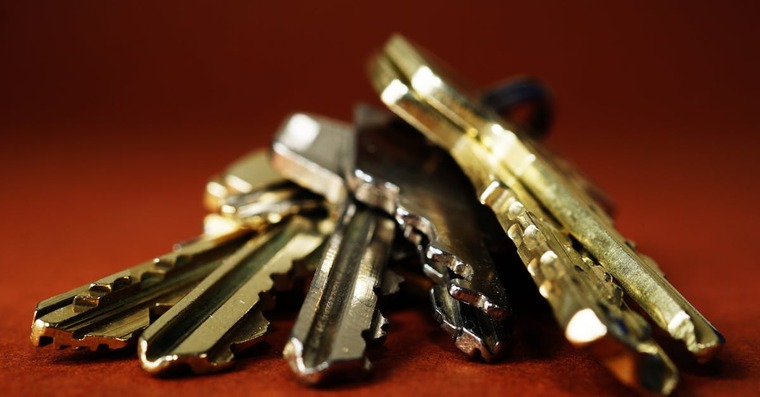
What Is A Lock Rekeying?
Rekeying is the process of altering a lock so that a different key can operate it. Unlike replacing the entire lock, rekeying only changes the internal mechanism while keeping the existing hardware intact. Here are some scenarios where rekeying is necessary:
- Moving into a New Home: Rekeying ensures that no one else has access using the old keys.
- Lost or Stolen Keys: If you’ve misplaced your keys or suspect they’ve been stolen, rekeying prevents unauthorized access.
- Smooth Key Operation: When your key no longer works smoothly in the lock, rekeying can improve functionality.
Benefits of Rekeying Your Locks
Rekeying offers several advantages over full lock replacements:
- Cost-effectiveness: Rekeying is generally more affordable than installing new locks.
- Time Efficiency: The process can be done quickly, minimizing disruption to your daily routine.
- Security Enhancement: You maintain your existing hardware while upgrading the security level.
- Convenience: Rekeying allows you to configure multiple locks to match a single key, simplifying key management.
Step-by-Step Guide to Rekeying a Lock
Step 1: Gather Materials and Tools
Before you begin, gather the necessary tools:
- A rekeying kit (available online or at hardware stores)
- A screwdriver
- Pliers
- A key decoder
Step 2: Remove the Lock Cylinder
Use a screwdriver to remove the screws from the doorknob or deadbolt. Hold onto the doorknob or deadbolt to prevent it from falling off and damaging the door.
Step 3: Disassemble the Lock Cylinder
Insert the key and turn it slightly to remove the lock cylinder. Use pliers to pull the cylinder out of the doorknob or deadbolt. If the lock doesn’t have a keyed cylinder, remove the retainer ring with pliers.
Step 4: Remove the Old Pins
Use a key decoder tool to remove the old pins and springs from the lock cylinder.
Step 5: Determine the New Key Pin Configuration
Decide on the new key pin configuration. This will determine which pins you’ll use to match the new key.
Step 6: Install New Key Pins
Replace the old pins with the new ones according to the chosen configuration.
Step 7: Reassemble the Lock Cylinder
Put the lock cylinder back together and ensure all components fit properly.
Step 8: Test the New Key
Test the lock with the new key to ensure smooth operation.
Why Choose Professional Locksmiths for Rekeying?
While rekeying seems straightforward, it’s crucial to have it done by professionals to avoid mishaps. Here’s why you should choose experts like Locksmith Mission Viejo:
- Expertise: Professional locksmiths have extensive experience with various residential locks.
- Quality Products: They use high-quality products from leading manufacturers.
- Mobile Services: Mobile locksmith services offer convenience.
- Affordability: Competitive prices due to operating without a physical store.
Additional Home Security Tips
Beyond rekeying, consider these measures to enhance home security:
- Install Smart Locks: Add an extra layer of protection.
- Regular Maintenance: Ensure locks function effectively.
- Consult Professionals: Get a comprehensive assessment of your home’s security needs.
Remember, rekeying provides security and convenience, making it an excellent choice for homeowners.
















.png)
.png)








Leave Your Comment & Rating Below
0 Comment(s)